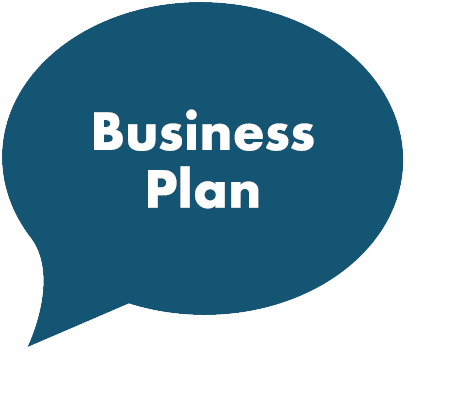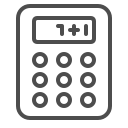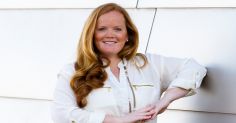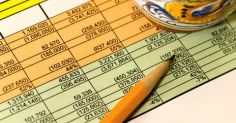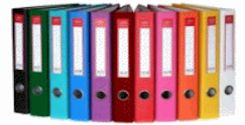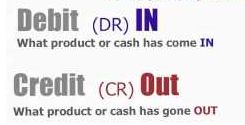Fritz Sybergs Vej 9
DK 8270 Hojbjerg
Scandinavia
info@dynamicbusinessplan.com


Understanding the Liabilities
The Balance Statement shows the Assets and the Liabilities in the company. In the following the focus is here on the Liabilities.
Example
Here is an example of a Balance Statement from a business, that is selling goods from a shop or are producing items in a factory.
|
Assets |
Liabilities |
||
|
Cash |
5.000 |
Creditors |
10.000 |
|
Bank account |
7.000 |
Loan from Bank |
11.000 |
|
Debtors |
3.000 |
Tax |
2.000 |
|
Stock |
11.000 |
Owners Equity |
19.000 |
|
Equipment |
4.000 |
. |
. |
|
Buildings |
12.000 |
. |
. |
|
Total |
42.000 |
Total |
42.000 |
Creditors
Creditors are usually the companies from which you buy your goods and equipment. If they are so kind to give you credit you are a creditor to these companies.
The Balance Statement only tells how the company stands on the particular day you have chosen to do the accounts. The amount stated may be different tomorrow. To day it says 10.000. Tomorrow maybe only 9.000 because you have paid a creditor 1.000 in cash. (the Cash Account will then go down to 4.000)
To be a trustworthy business man you should go through the Creditors file at least each month. Then you can make sure that you pay your bills on time.

Loan from Bank
Nearly every business owner must use a financial institution to administer
the flow of money in the company.
Banks can lend your business money to large investments like buying a business
premises or a car.
It can also allow you overdraft facilities in case of a temporary shortage of
money.
You can split the different loan facilities on different accounts. It will help
you get an overview of your loans.
Tax and other public obligations
Nearly all countries make companies collect different taxes. Taxes that are used to make the country run.
These taxes could be sales tax, tax deducted from staff salaries, health
insurance tax, environmental and clean water duty.
These taxes have to be paid at regular intervals so on the Tax Account you
accumulate all these taxes.
Owners Equity
This account shows how much "The Company" owes to the "Owner of The Company"
Imagine that you on the 1st January start your business. This is also the day your Balance Statement starts.
- On the 1st January you use 10.000 of your own personal money to put into your new company. On the balance sheet it looks like this:
|
Assets |
Liability |
||
|
Cash |
10.000 |
Owners Equity |
10.000 |
|
Total |
10.000 |
Total |
10.000 |
Hopefully this investment of 10.000 will give you the possibility to gain
profit from your business. If the profit from the company the first year is
5.000 and you "leave the money" in the company the "Owners
Equity" will have risen to 15.000 (10.000 + 5.000).
On the other hand if you lose money from running your business the loss will be deducted from the "Owners Equity".
